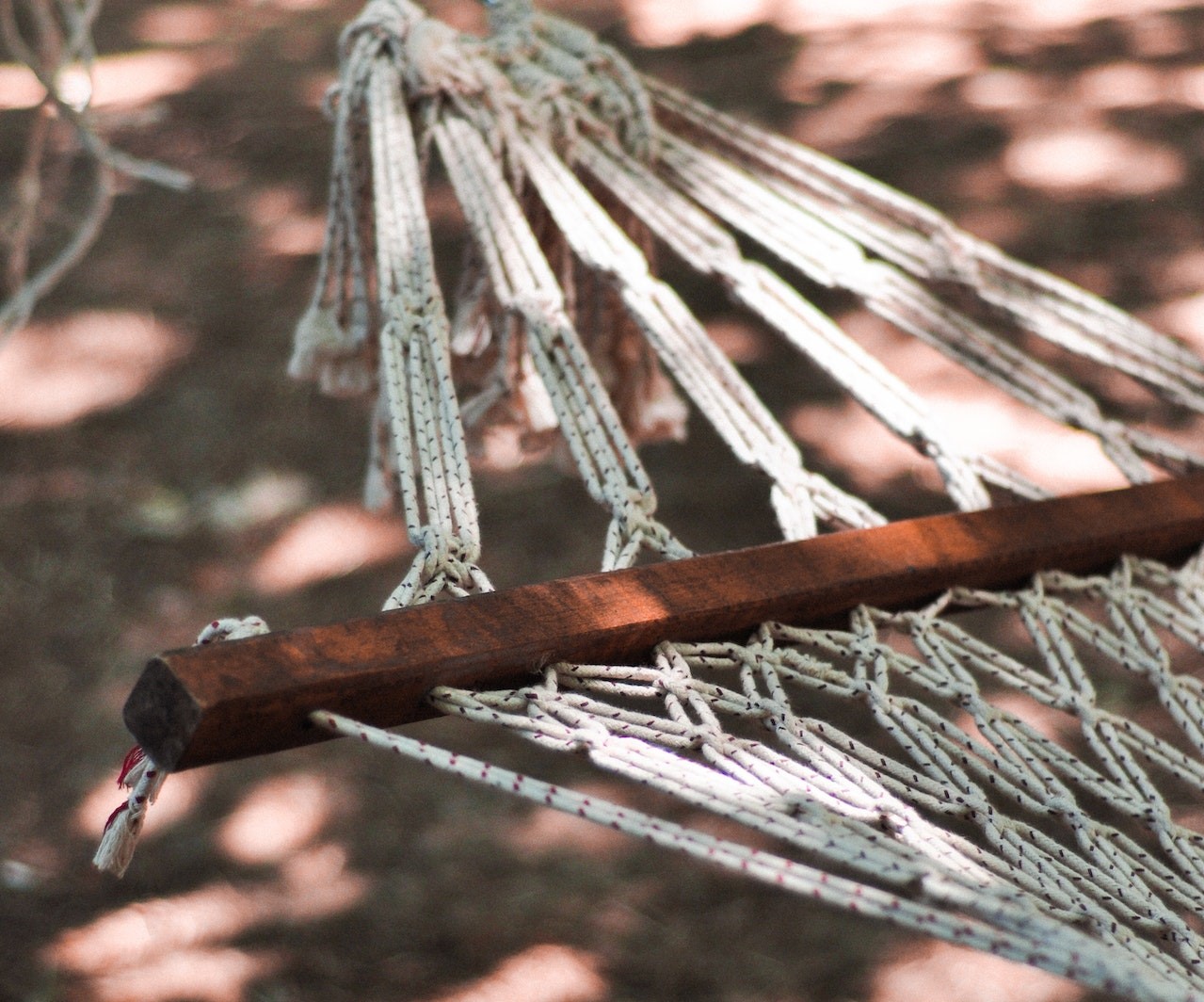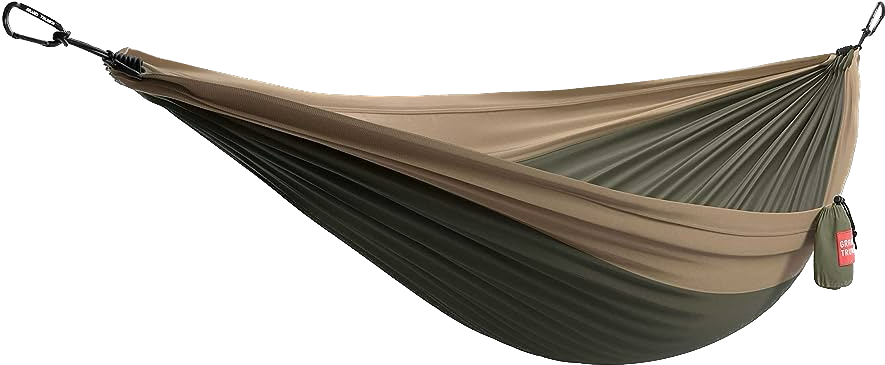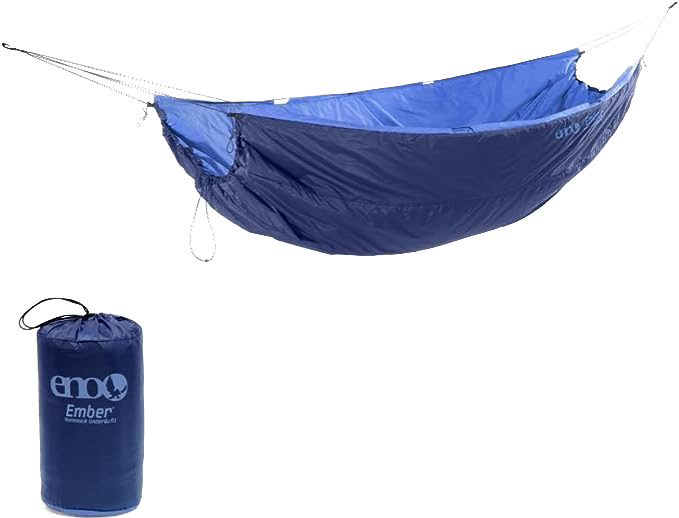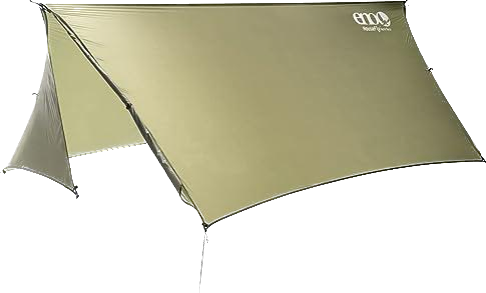Rope hammocks are a popular choice for backyard relaxation and can provide years of enjoyment with proper care and maintenance. However, even the most well-loved hammocks can become worn or damaged over time and may need a little TLC to get them back in top condition. If you’re a proud rope hammock owner and you’re in need of some repair work, don’t worry – it’s actually a pretty simple process that you can do at home with just a few tools and materials. In this article, we’ll walk you through the steps for repairing your rope hammock so you can get back to swinging in the breeze in no time.
This guide is for rope hammocks, if you have a single piece of cotton fabric hammock that’s needing to be patched, check out our article Hammock Repair Guide: Easily Fix Holes or Tears.
6 easy steps for repairing your rope hammock
- Identify the problem: Determine what’s wrong with your rope hammock so you can fix it.
- Gather your tools and materials: Assemble everything you need to complete the repair.
- Remove the old rope or cord: Get rid of the frayed or broken rope so you can replace it.
- Cut and tie the new rope or cord: Install the new rope or cord to get your hammock back in working order.
- Adjust the tension and check for knots: Make sure the hammock is properly supported and secure.
- Test the hammock: Check for any issues and make any necessary adjustments before using the hammock.
Step 1: Identify the problem

Before you start repairing your rope hammock, it’s important to figure out what’s going on. Is the rope frayed or broken in places? Are the knots coming undone? Is the hammock sagging or uneven? Once you know what the issue is, you’ll be able to decide on the best course of action for repair.
Step 2: Gather your tools and materials
Before you get started on your rope hammock repair, you’ll need to gather up a few tools and materials. Here’s what you’ll need:
- Rope or cord: If the rope on your hammock is frayed or broken, you’ll need to replace it with something a little more sturdy. Choose a strong and durable rope or cord that is appropriate for the size of your hammock.
- Scissors: Time to say goodbye to that frayed old rope! You’ll need a good pair of scissors to cut it off.
- Needle and thread: If the knots on your hammock are coming undone, you’ll need to get them re-tied pronto. A needle and some sturdy thread should do the trick.
- Pliers: If the knots are too tight to untie, you may need to use some pliers to loosen them up. Just make sure to get a firm grip and be careful not to let them slip!
Step 3: Remove the old rope or cord
It’s time to say goodbye to that old, frayed rope and hello to a shiny new one! Here’s how to remove the old rope or cord from your hammock:
- Start by untying the knots at one end of the hammock. If they’re too tight to untie, use your pliers to loosen them up.
- Once the knots are loose, gently pull the old rope or cord out of the knots.
- Time to say goodbye to that old, worn-out rope! Toss it in the trash and move on to the next step.
Step 4: Cut and tie the new rope or cord
Now that you’ve removed the old rope or cord, it’s time to replace it with the new one. Start by cutting the new rope or cord to the desired length, making sure it’s long enough to reach from one end of the hammock to the other. Next, tie one end of the rope or cord to one of the hammock’s attachment points using a strong knot, such as a square knot or a fisherman’s knot. Repeat this process on the other end of the hammock.
Step 5: Adjust the tension and check for knots
Once you’ve tied the new rope or cord to both attachment points, it’s important to adjust the tension to make sure the hammock is properly supported. You can do this by pulling on the ropes or cords to tighten them until the hammock is level and comfortable to sit in. It’s also a good idea to check for any loose knots and re-tie them if necessary.
Step 6: Test the hammock
Before you sit in the hammock, it’s important to test it to make sure it is safe and secure. Gently rock the hammock back and forth to see if it is evenly balanced and holds its shape. If you notice any issues, make any necessary adjustments and test again until you are satisfied that the hammock is repaired and ready to use.
How long does a rope hammock repair last?

When it comes to rope hammock repairs, the million-dollar question is usually, “How long is this thing gonna last?” While there’s no one-size-fits-all answer to this question, there are a few key factors that can impact the longevity of your repair. Here’s a rundown of what to consider when wondering just how long your rope hammock repair will last:
- Quality of the rope or cord: The better quality of the rope or cord you use for your repair, the longer it’s likely to last. A cheap, flimsy rope is more prone to fraying and breaking, so it’s worth investing in something sturdy if you want your repair to stand the test of time.
- The skill of the person performing the repair: If you’re handy with a needle and thread or you know your way around a knot, your repair is more likely to last longer than if you’re a total amateur. Practice makes perfect, so if you’re not confident in your repair skills, it might be worth seeking out the help of someone more experienced.
- Amount of use the hammock receives: If you’re a hammock enthusiast who spends every free moment lounging in your backyard oasis, your repair is going to be put to the test a lot more than if you only use it occasionally. The more use a hammock gets, the more wear and tear it’s going to experience, so it’s worth keeping an eye on it and making repairs as needed to ensure it stays in good shape.
- Weather conditions: Extreme weather conditions can take a toll on a rope hammock, so if you live in an area with harsh winters or scorching summers, your repair may not last as long as it would in more moderate conditions. It’s a good idea to store your hammock in a dry, protected place when it’s not in use to help extend its lifespan.
Overall, with proper care and maintenance, a well-made rope hammock repair should last for several seasons. By using high-quality materials and keeping an eye on your hammock for any signs of wear or damage, you can enjoy your repaired rope hammock for many seasons to come.
Conclusion
By following these steps, you should be able to repair your rope hammock and get back to relaxing in no time. Just remember to check your hammock regularly for any signs of wear or damage, and make repairs as needed to ensure its longevity. With proper care and maintenance, your rope hammock can provide years of enjoyment and relaxation. So go ahead and kick back, close your eyes, and let the swaying motion of your trusty hammock transport you to a state of pure bliss. Happy hammocking!



 Hello there, we're Vira Outdoors!
Hello there, we're Vira Outdoors!

